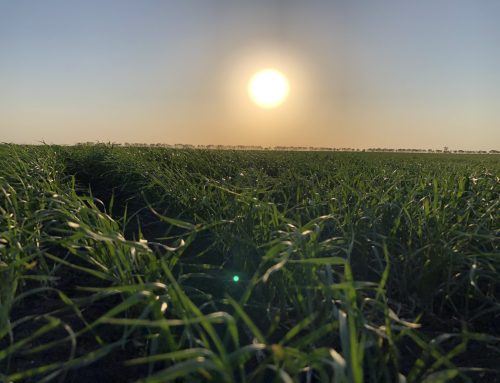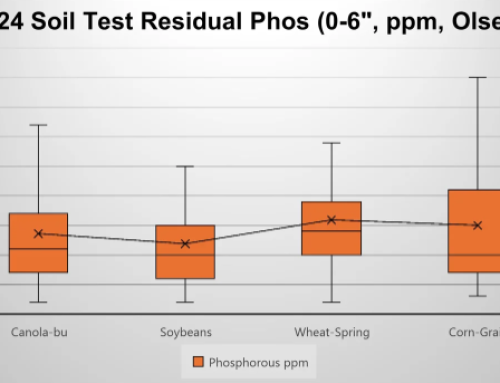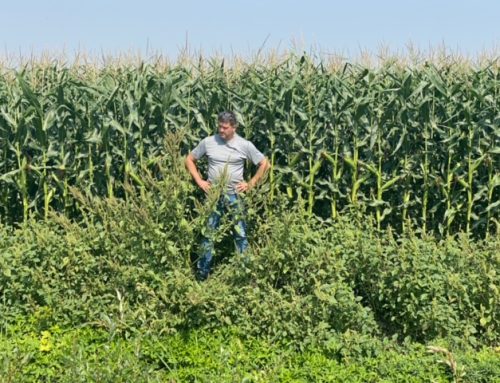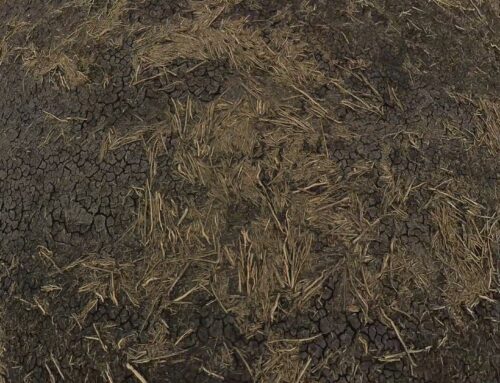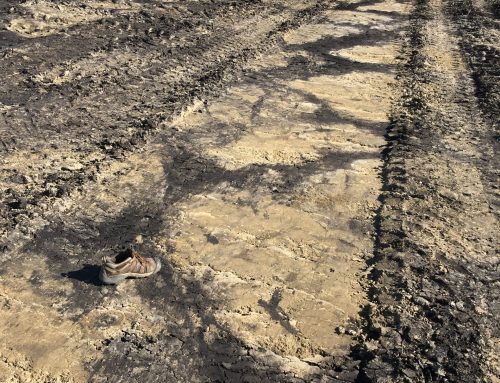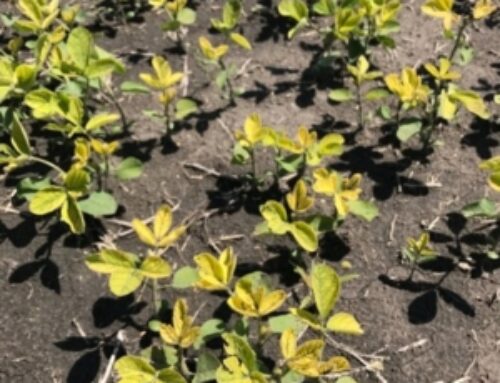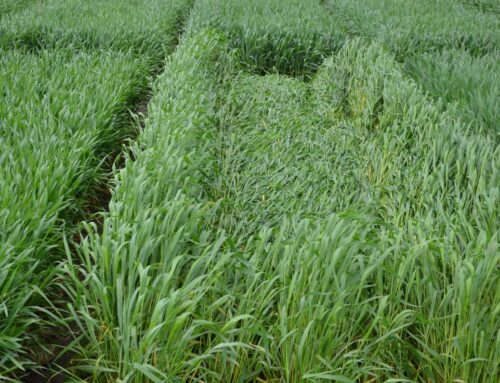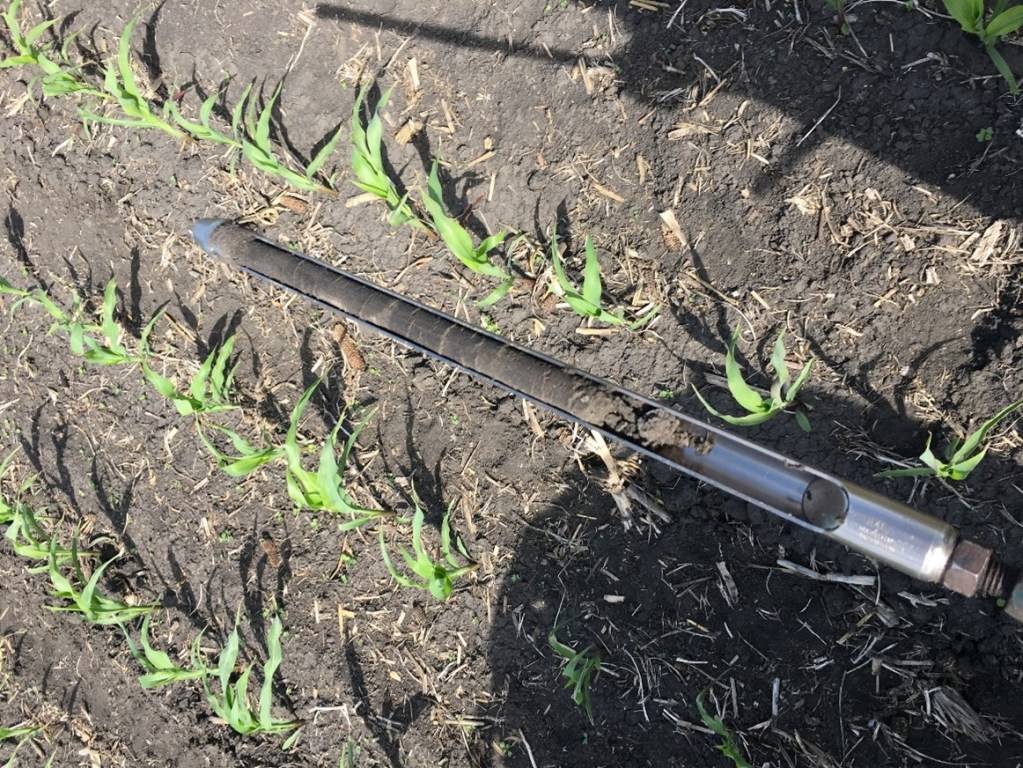
Last week we looked at the important role of soil carbon in plant growth and soil health (Read “Building Soil Carbon on Your Farm”). Soil carbon and its sequestration have become major buzzwords in agriculture and are getting a lot of attention from spectators worldwide. Climate change and the perceived demise of our cropland has piqued the interest of many not directly involved with agriculture, leading to conversations reaching beyond the farm gate. But what is so important about carbon and why all the hype? Let’s take a look at soil carbon and how we measure it.
There are two forms of carbon that exist in soil – organic and inorganic. The organic portion of soil carbon originates from living organisms, either plants or animals, which are being decomposed by microbes and their nutrients are stored in the soil. Soil organic carbon (SOC) is often used as a gauge for soil health and fertility, and is the carbon component of soil organic matter (SOM). It is also the form of soil carbon that can be readily increased through plant growth, the root shedding of perennial grasses, the incorporation of manure or compost, the carbohydrate exudates of plant roots and a range of microbial processes. Soil organic carbon is the most abundant form of soil carbon, however, is less stable and readily oxidized (turned into CO2 by bacteria in the presence of oxygen). Alternatively, inorganic carbon is a mineralized form, primarily found as carbonates in the soil and is not a food source for microbes.
Climate change and the possible creation of an international carbon market have made headlines the last few years and will have a direct impact on the farming community. Capturing atmospheric carbon and sequestering in the soil has everyone’s attention. The possibility to accurately measure soil carbon exists, however, the methods used can be expensive and time consuming. Accounting for routine seasonal fluctuation in soil carbon content increase the complexity of these measurements.
When we look at our soil tests each fall, one of the values that generates much interest is the percent of organic matter in the field, as we know that productivity is closely tied to this number. SOM is measured in commercial labs by either the loss-on-ignition, dry combustion or bulk density method.
- The loss-on-ignition method is most common measure of Soil Organic Matter (SOM) and involves weighing a certain quantity of soil, heating it to 360-450C to burn off the organic matter and then weighing the sample again to calculate SOM as a percentage of weight. If a soil sample contains many other forms of partially decomposed carbon such as plant roots, leaves, stems or other debris from the collection process, the calculated percentage of SOM could be elevated as there would be a greater weight difference before and after heating. The loss-on-ignition method typically results in a SOC:SOM ratio of 1:2.
- The dry combustion method measures the amount of CO2 that is produced while heating the soil in an oven to 900C. More commonly referred to as Total Soil Carbon (TSC), results are expressed as a percentage of carbon in the sample. This is a more accurate test of soil carbon, however not all labs have this equipment.
- Soil Inorganic Carbon (SIC) is measured by quantifying the production of CO2 in response to acid.
- Knowing the TSC we can now subtract the SIC to determine Soil Organic Carbon (SOC) levels. When comparing the ratio between SOC and SOM using the dry combustion method, it typically follows a 1:1.72 relationship. Many recommend dry combustion as the preferred method to measure SOC when assessing soil health.
- Bulk density can also be used to estimate the carbon levels in a soil. A known volume of soil is oven dried to remove all moisture and is weighed. If the sample contains high levels of SOM, which is lighter than most inorganic mineral carbon sources, the sample will be lighter, and the bulk density will decrease. This test is useful but not an accurate assessment of carbon content.
There are several other test methods of assessing soil carbon cycling such as active carbon, water-extractable carbon, soil respiration and enzyme activities. While these tests tend to respond to soil management changes faster, there is still a lot we need to learn about how to properly interpret their results.
Carbon is the backbone of soil organic matter and the main food source of soil microorganisms. It is important to track our levels to help assess our soil’s health and understand nutrient cycling. In order to properly measure soil carbon levels, sample locations should be geo-referenced and taken at approximately the same time of year (preferably in spring prior to seeding/planting). Consistency in sampling and measurement is key to interpreting whether you are enhancing your soil health through changing management. With careful management, the preservation and accumulation of soil organic matter can help to improve soil productivity resulting in greater farm profitability.

